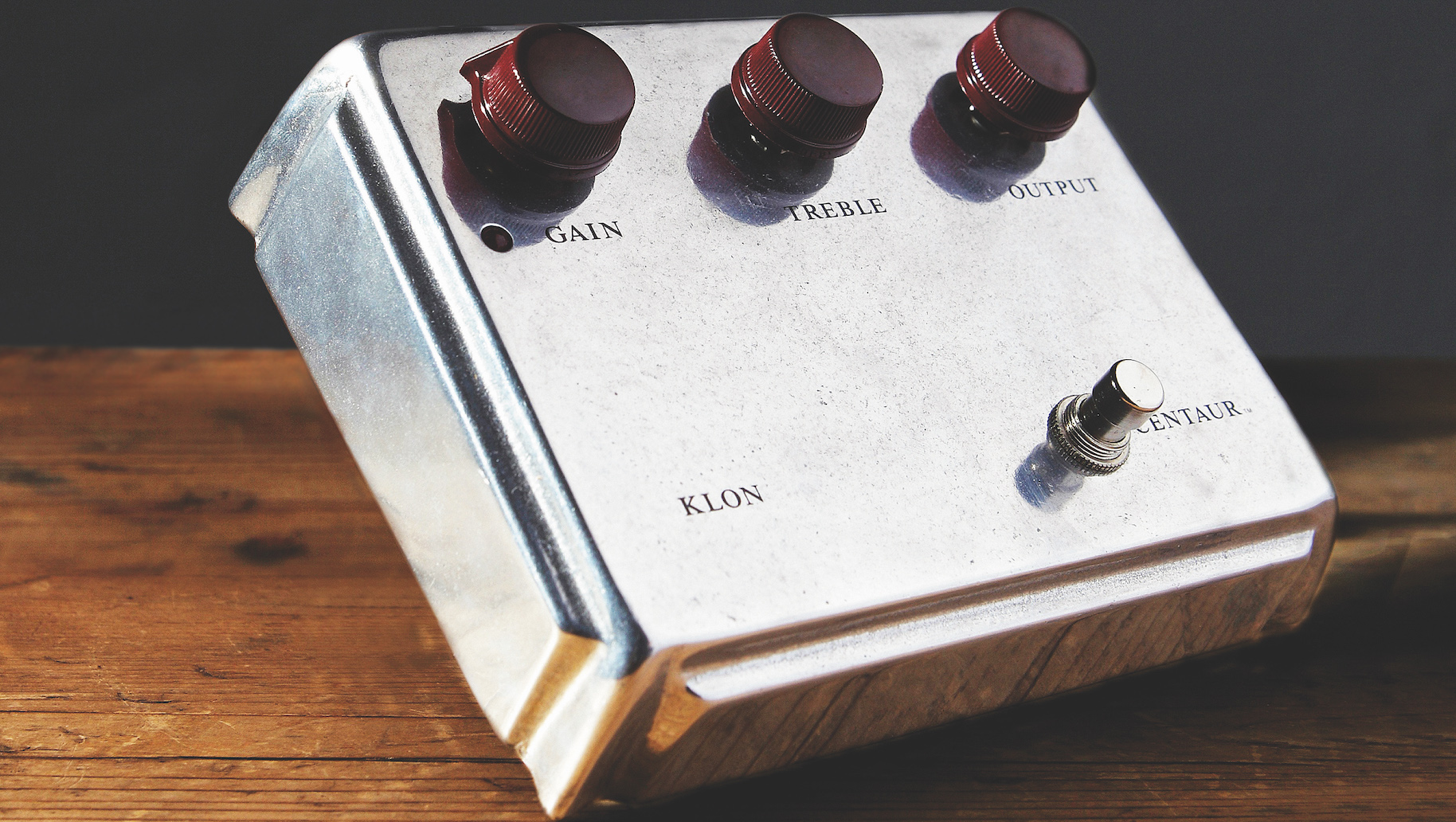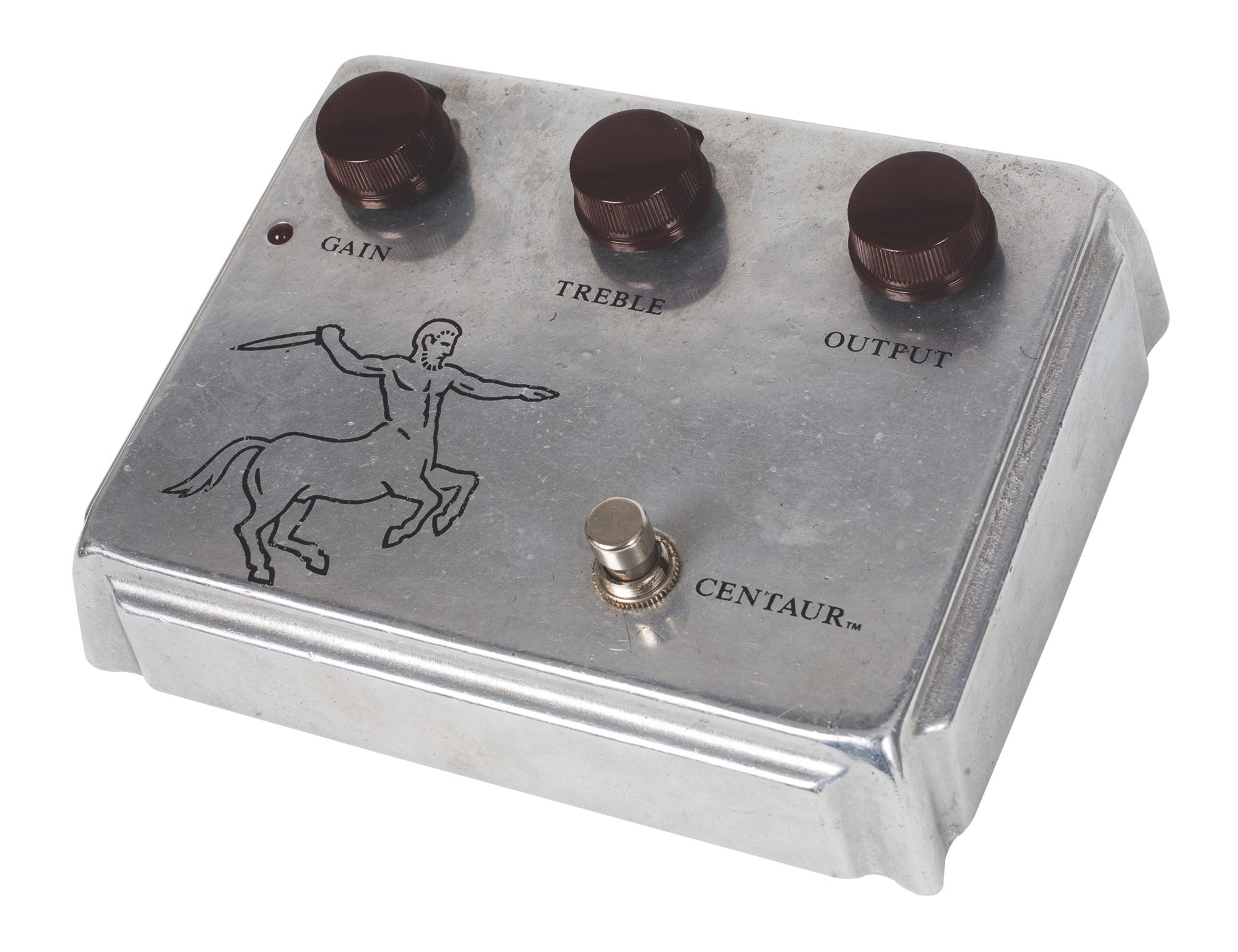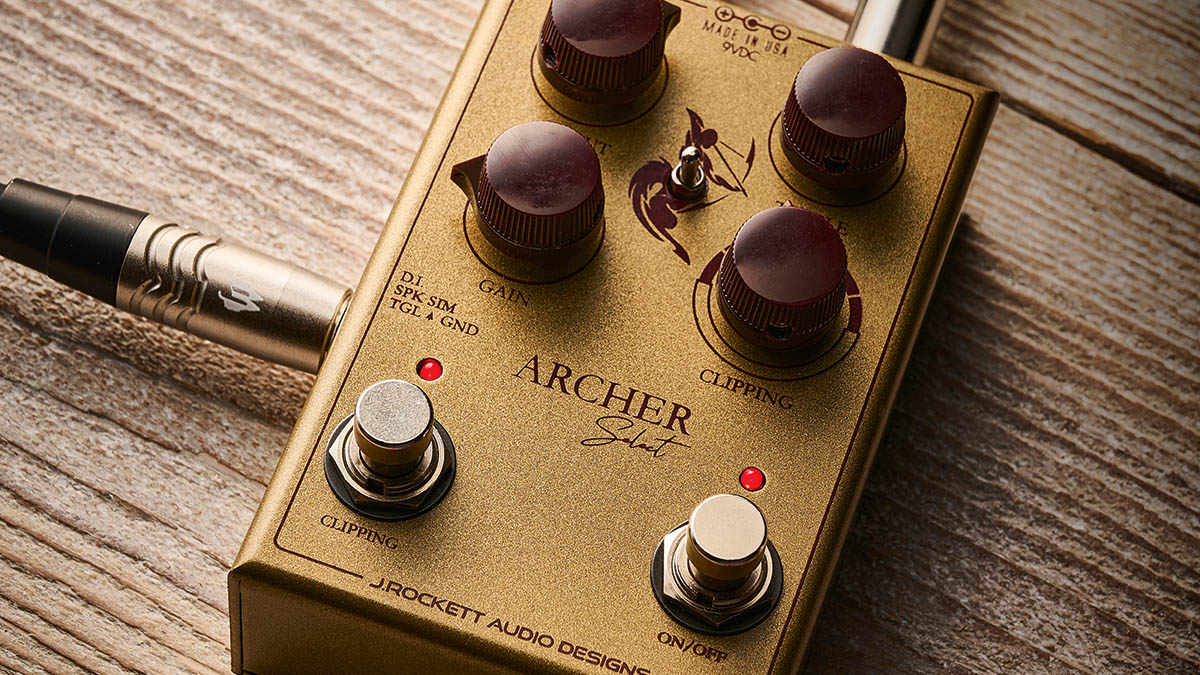Klon Centaur creator Bill Finnegan once said that the hype around his pedal was “ridiculous,” yet originals still fetch $10,000 or more on the secondhand market. With plentiful, far cheaper clones, why does the Klon remain a holy grail pedal?
Klons have been used by Jeff Beck, John Mayer, Joe Perry, Ed O'Brien, and countless other guitar heroes, and are often spoken about as a sort of overdrive sword of Excalibur. But what exactly sets them apart? And how did they become so darn valuable?

If you went back in time and told Bill Finnegan, the inventor of the Klon Centaur, that his pedals would be fetching up to $20,000 some three decades after he started making them, he probably wouldn’t believe you.
The American engineer originally set out to design an overdrive that could realistically recreate the harmonic content and depth of a guitar amplifier being pushed at high volume.
As a Telecaster player going through a Twin Reverb, he often struggled to get the sound he was looking for in smaller venues, typically where volumes had to be meticulously controlled.
Dissatisfied with how the pedals available to him would either color or compress his tone, he partnered up with a friend qualified in electric engineering to start developing prototypes that could produce a notably big and open sound – arguably more dynamic, responsive, and transparent than anything else out there.
It was a long-winded process that took around four and a half years, but by the end of 1994, the very first Klon Centaurs were in production, with Finnegan himself building, testing, and shipping the pedals as a single-man unit.
He decided to use low-gain germanium diodes that were hard clipping for a subtle saturation, allowing the pedal to be used as a clean boost or full-throated overdrive, though its topology was largely kept top-secret thanks to an epoxy resin ‘goop’ covering its intricacies.

Over time, the Centaur found its way into the hands of guitar legends like Jeff Beck, Joe Perry, and Ed O'Brien, and demand grew to the point where it was no longer sustainable for one man to produce everything by hand.
All the latest guitar news, interviews, lessons, reviews, deals and more, direct to your inbox!
It is said that approximately 8,000 Klon Centaurs were made before they were discontinued in 2008, and in 2014, Finnegan released the redesigned and outsourced Klon KTR, which came with the tongue-in-cheek message “Kindly remember: The ridiculous hype that offends so many is not of my making.”
Since then, there have been all kinds of Klon clones – or klones, as many like to call them – being made around the world.
The J. Rockett Audio Archer is undoubtedly one of the most respected, having become so popular there are now several different versions. Jeff Beck was such a fan, he chose to use it over his original Klon on his final solo album, 2016's Loud Hailer.
We tracked down Chris Van Tassel, co-owner of J. Rockett Audio, to help explore the secrets behind the Klon sound and explain why they’ve become the most collectible pedals on earth.
“It’s definitely unique in design,” he explains. “It can go from an absolute clean boost to a low midrange bark and thickness. The dual concentric potentiometer ultimately influences the sound.
“Klons are wired in such a way that when you turn up the gain you are simultaneously turning down the clean boost. There is a meeting point in the middle that defines the sweet spot on a Klon. Or you can turn it up all the way for a mid-focus that almost reminds me of a Plexi without the top-end punch.”
Van Tassel believes his company started the trend of low-cost replicas, having reverse-engineered their circuit from an original, which was also referenced in the aesthetics and product name.
Ultimately, he feels everyday players deserved the choice of an affordable version that was 100 percent sonically accurate. The fact they are so collectible now is great, he reasons, but it gets to a point where they become unobtanium.
There are currently four versions of the Archer – the original, the Archer Select, which allows users to switch between seven diodes, the lower gain iKon, and the Jeff Archer.
It’s a bit like asking if a 1953 Corvette is worth the money. They’ve all become rare collectibles, not necessarily tools for the trade
Chris Van Tassel
So what exactly are the differences between the original and Jeff Beck circuits, and what kind of overdrive was the late British guitar legend looking for?
“There are no huge circuit differences,” notes Van Tassel. “I just tweaked an Archer one day to my personal liking. I replaced some of the components in the audio path with NOS parts. A friend of mine, Jeremy Nielsen, was Jeff’s tech, and now works for John Mayer. He’s the reason Jeff got his hands on an Archer. I sent my tweaked version over to Jeff, who loved it, and subsequently ordered six.
“The differences are subtle but the Jeff version sounds best to my ears. A little warmer, thicker, and more musical but still subtle. People call me all the time asking if they should upgrade and I tell them no, because the standard version is really flippin’ good and you’d only notice the difference if you did a very stringent A/B comparison.”

At the time of writing there are 32 Klon Centaurs for sale on Reverb.com, listed between $5,000 and $10,000, which is as expensive as non-celebrity owned pedals can get.
Given that an Archer can be picked up first-hand for as little as $229, what does Van Tassel make of the original units fetching over 20 times as much – can a pedal really be worth that kind of money?
“Yes, if the market says so,” he confirms. “I mean, is a Dumble amp worth it? Or a Trainwreck amp? It’s a bit like asking if a 1953 Corvette is worth the money. They’ve all become rare collectibles, not necessarily tools for the trade.
“The value of the original Klons will keep going up as long as Bill no longer builds them. I still have the one we used to design the Archer and there’s no way I would ever put it on a board. They’re too collectible now.
“I will say this, there are many Klones out there and I see these massive companies creating $70 versions for the masses and that’s great, but use your ears, and mostly your sense of feel.”
Amit has been writing for titles like Total Guitar, MusicRadar and Guitar World for over a decade and counts Richie Kotzen, Guthrie Govan and Jeff Beck among his primary influences as a guitar player. He's worked for magazines like Kerrang!, Metal Hammer, Classic Rock, Prog, Record Collector, Planet Rock, Rhythm and Bass Player, as well as newspapers like Metro and The Independent, interviewing everyone from Ozzy Osbourne and Lemmy to Slash and Jimmy Page, and once even traded solos with a member of Slayer on a track released internationally. As a session guitarist, he's played alongside members of Judas Priest and Uriah Heep in London ensemble Metalworks, as well as handled lead guitars for legends like Glen Matlock (Sex Pistols, The Faces) and Stu Hamm (Steve Vai, Joe Satriani, G3).
You must confirm your public display name before commenting
Please logout and then login again, you will then be prompted to enter your display name.


